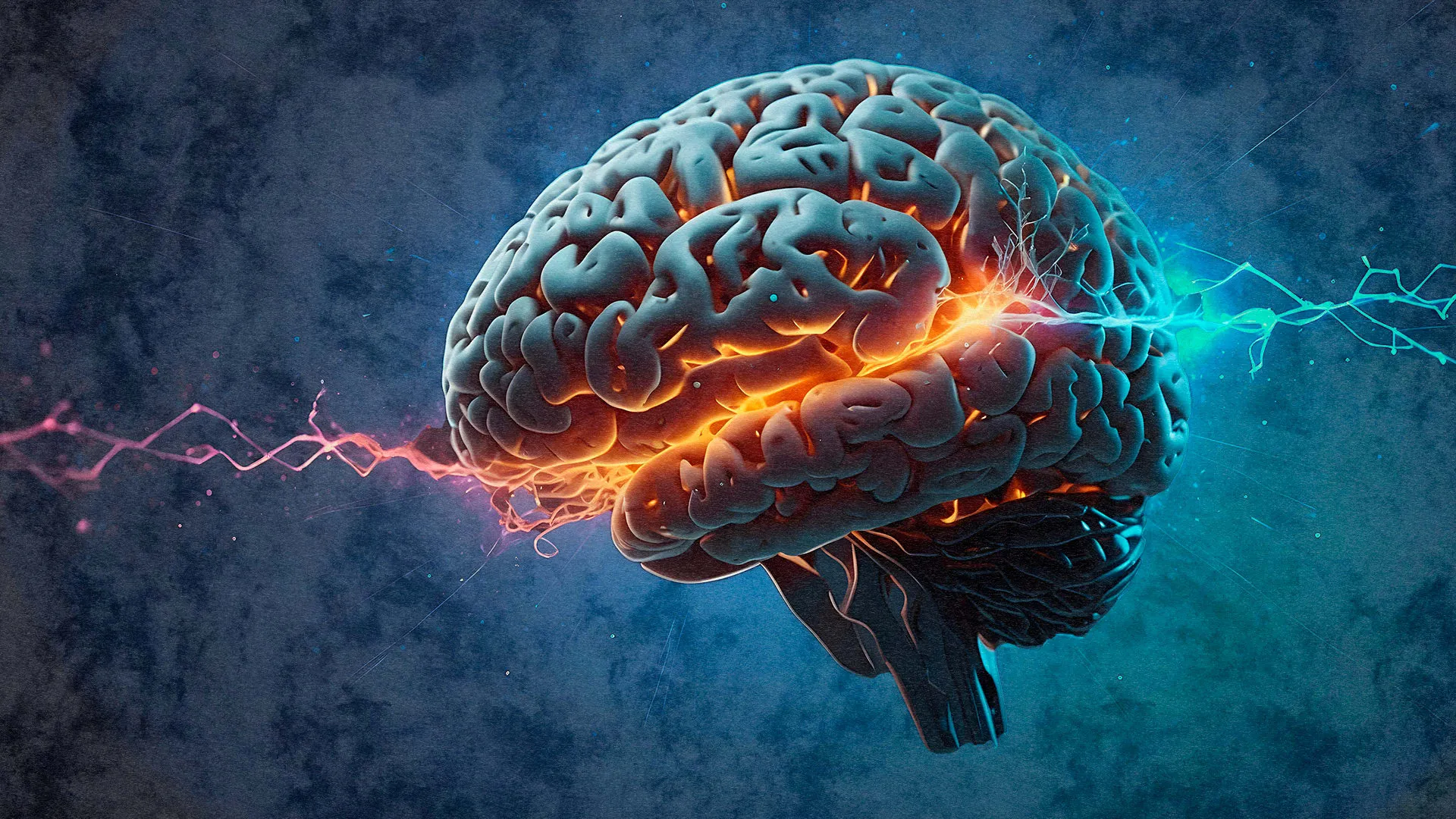Exploring How Artificial Intelligence Enhances Brain-Computer Interfaces for ALS Communication

Understanding Brain-Computer Interfaces
Brain-computer interfaces (BCIs) represent a groundbreaking innovation in assistive technology, particularly for patients with ALS, also known as Lou Gehrig's disease. These devices record neural signals directly from the brain, enabling individuals who cannot speak to communicate once again by translating their thoughts into words.
Recording Neural Signals
In our research, we employ advanced technologies to capture brain signals using surgically implanted devices. Positioned close to the neurons, these electrodes gather high-quality data crucial for interpreting the user’s intended speech. For instance, our study utilized electrode arrays placed in the speech motor cortex to record signals while Casey Harrell, our participant, attempted to speak.
Decoding Brain Signals
The challenge lies in mapping complex brain signals to the spoken words. Instead of brute-force attempts to match neural activity with every word, we focus on phonemes, the fundamental sound units in spoken language. Utilizing machine learning models, we effectively correlate patterns in brain activity to phonemes, achieving over 90% accuracy.
Turning Phonemes into Words
After decoding phonemes, the next step is to convert them into coherent speech. We utilize two methods: n-gram models, which predict likely word sequences, and large language models, which offer context and meaning, refining our predictions for accuracy and coherence. This multi-step approach ensures that even if the phoneme conversion isn’t perfect, the outcome remains intelligible.
Impact on Patients
Our work has demonstrated significant real-world benefits, enabling Casey Harrell to communicate with over 97% accuracy using merely his thoughts. This innovation reconnects individuals with their families, allowing meaningful interactions for those who have lost their ability to speak.
Future Directions
While promising, our journey continues. There are persistent challenges in enhancing accessibility and durability for wide-ranging use. Nonetheless, the intersection of artificial intelligence and brain-computer interfaces heralds a future where communication barriers are lowered, profoundly impacting the lives of many.
This article was prepared using information from open sources in accordance with the principles of Ethical Policy. The editorial team is not responsible for absolute accuracy, as it relies on data from the sources referenced.